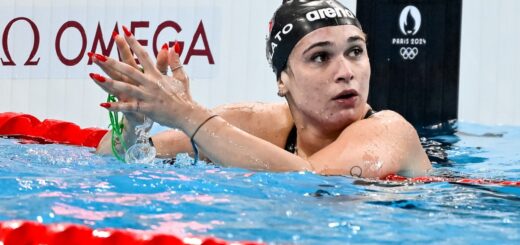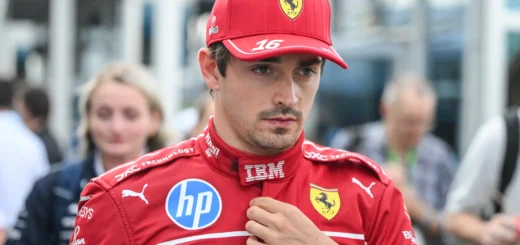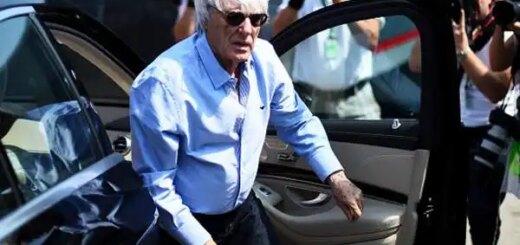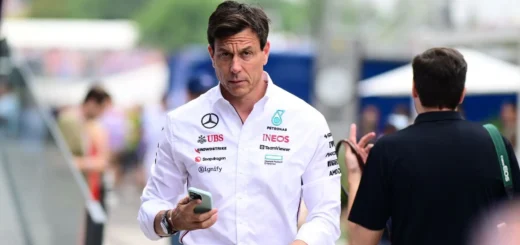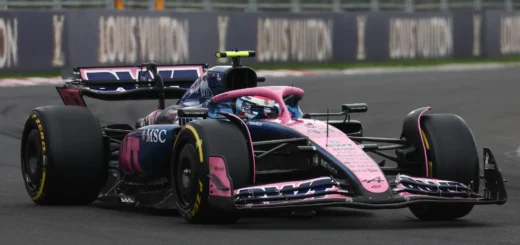Stage 10, Rome-Orvieto, September 7, 2023
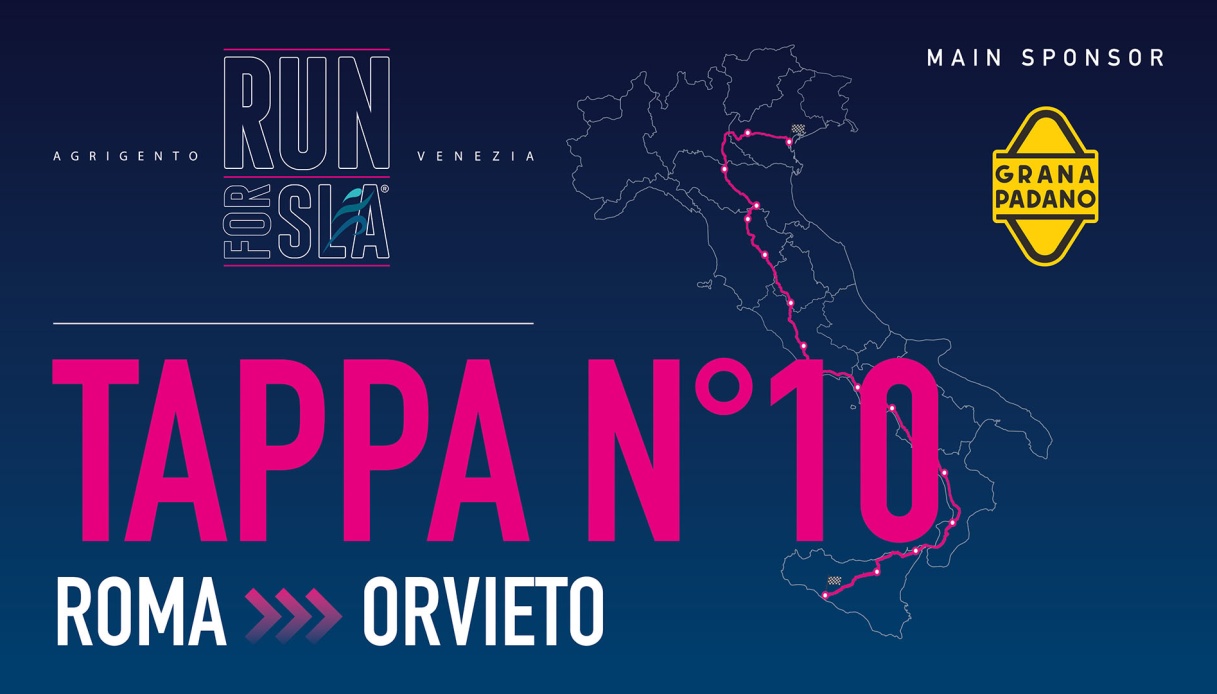
Running through Labaro, Sacrofano and Mazzano Romano we arrive in Nepi, one of the largest villages in the Agro Falisco. Surrounded by streams, springs and small waterfalls, è also called “cityà of waters”.
We then arrive in Caprarola, dominated by the’imposing Palazzo Farnese, built in the 16th century: Alessandro Farnese made it his headquarters, making the village an architecturally unique place.
To enhance the view, Jacopo Barozzi da Vignola made the Via Dritta, today Nicolai, a very long sloping perspective telescope to build which was “gutted” in two the town, dividing the medieval village into two districts, Corsica and Sardinia.
We continue our ride by reaching Viterbo, a splendid cityà of art that allows a beautiful journey through time through the halls of the elegant Papal Palace, among intact medieval alleys, monumental fountains, and patrician palaces of the Renaissance.
An ancient land that preserves fascinating Etruscan vestiges, such as the Quarry of Sant’Antonio and the necropolis of Castel d’Asso, rich in thermal springs immersed in nature where you can enjoy hot baths in an enchanting landscape. From Viterbo we head to Montefiascone, the highest town in the province of Viterbo: from its 600 meters above sea level, it dominates Lake Bolsena, the Viterbo plain and part of the central Apennines, among the natural beauty of the Alta Tuscia Viterbese and the monuments of a glorious past.
And here we are in Orvieto, one of the most’beautiful cities’of Umbria. Today, its Etruscan origins reveal underground a city’underground, composed of a set of caves, wells, tunnels left by the Etruscans and opening inside the tuffaceous walls.



